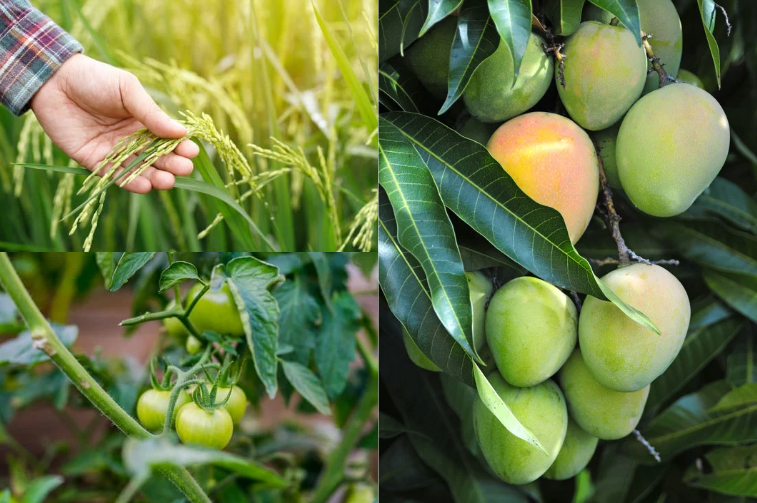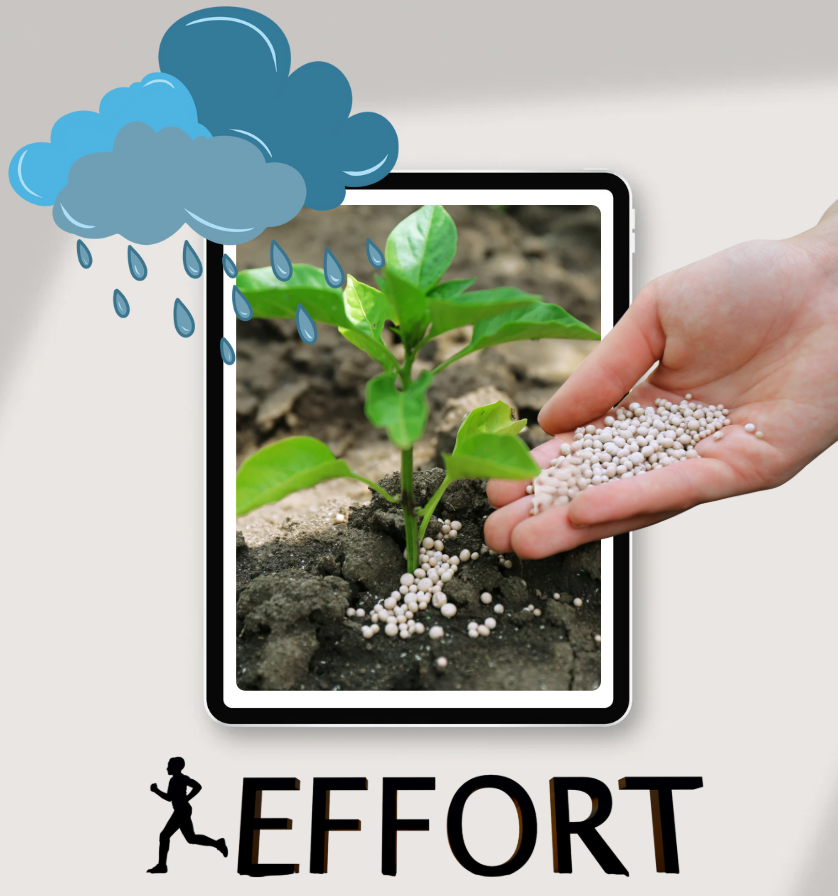
When Should Difenoconazole Be Sprayed for Maximum Disease Prevention?
Difenoconazole is a broad-spectrum fungicide known for its outstanding preventive effects, thanks to its strong systemic activity and its mechanism of inhibiting fungal cell membrane biosynthesis. However, timing is crucial for optimal performance. So when should it be applied? Let’s find out!
1. Why Is Correct Timing Important When Using Difenoconazole?

Difenoconazole is more preventive than curative. Spraying it after the disease has progressed—when fungi have invaded plant tissues—will significantly reduce its effectiveness.
Spraying early and at the right time helps:
- Block fungal infection and spread
- Increase disease prevention efficacy to 80–90%
- Reduce spray frequency and save costs
- Minimize the risk of fungicide resistance
2. Ideal Spraying Stages for Each Crop Group

✅ Rice – Preventing Blast and Grain Discoloration
|
Growth Stage |
Spray Timing |
Notes |
|
Tillering – Panicle initiation |
First spray |
Prevent leaf blast |
|
Early heading (5% panicle emergence) |
Second spray |
Prevent panicle neck blast |
|
7–10 days after heading |
Third spray |
Prevent grain discoloration (sheath blight) |
💡 Combine with Azoxystrobin or Propineb to enhance effectiveness.
✅ Fruit Trees (Mango, Durian, Citrus) – Anthracnose, Canker, Stem Cracks
|
Tree Stage |
Spray Timing |
Notes |
|
New flush |
At first leaf flush of the season |
Prevent leaf anthracnose |
|
Flowering |
7–10 days before flowering |
Preserve blossoms against fungal attack |
|
Fruit set |
When fruit is fingertip-sized |
Prevent anthracnose, fruit spotting |
|
Pre-harvest |
15–20 days before harvest |
Combine with biological fungicides if necessary |
⚠ Avoid spraying during full bloom to prevent interference with pollination.
✅ Vegetables (Tomato, Chili, Cucumber, Mustard) – Downy Mildew, Powdery Mildew, Leaf Spots
|
Crop Stage |
Spray Timing |
Notes |
|
Seedling – 7 days post-transplant |
First spray |
Prevent soil-borne fungal invasion |
|
Flowering |
Second spray |
Prevent fungal onset during humid flowering stages |
|
After rain or humidity >85% |
Supplementary spray |
Cut off fungal development before symptoms appear |
🌿 Alternate with biological fungicides to reduce resistance pressure.
3. Early Warning Signs for Difenoconazole Application

- Forecast of prolonged rain, humidity > 80%
- Previous year’s fungal outbreaks during this time
- Dense canopy with poor air circulation
- Early symptoms: scorched leaf edges, round lesions, stem rot, etc.
4. Key Notes When Spraying Difenoconazole

- Do not spray in intense sunlight or before rainfall
- Spray evenly on both leaf surfaces, canopy, and lower stems
- Avoid more than 2 consecutive applications – rotate active ingredients
- Observe pre-harvest intervals (PHI): usually 7–14 days, depending on the crop
5. Conclusion
Difenoconazole is most effective when sprayed at the right stage, ideally before disease symptoms appear or at their earliest onset. Timely application helps farmers control fungal diseases efficiently, reduce costs, improve yields, and sustainably protect their crops.
Bình luận
Những bình luận mới nhất



